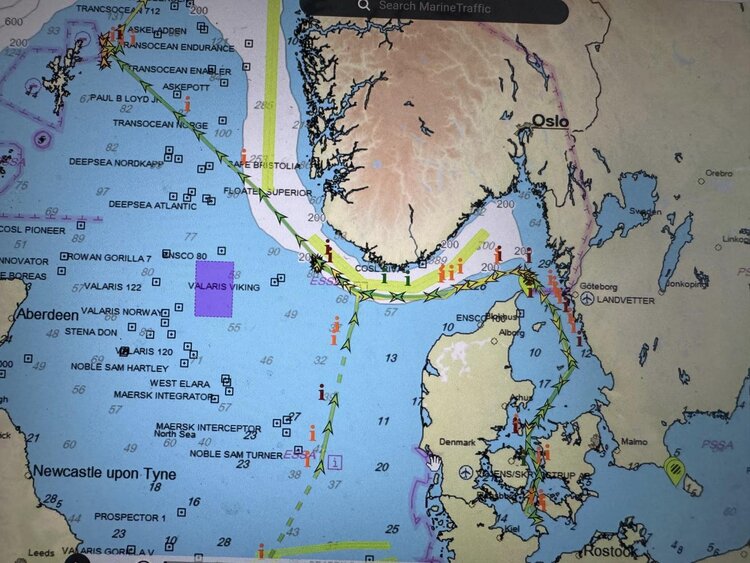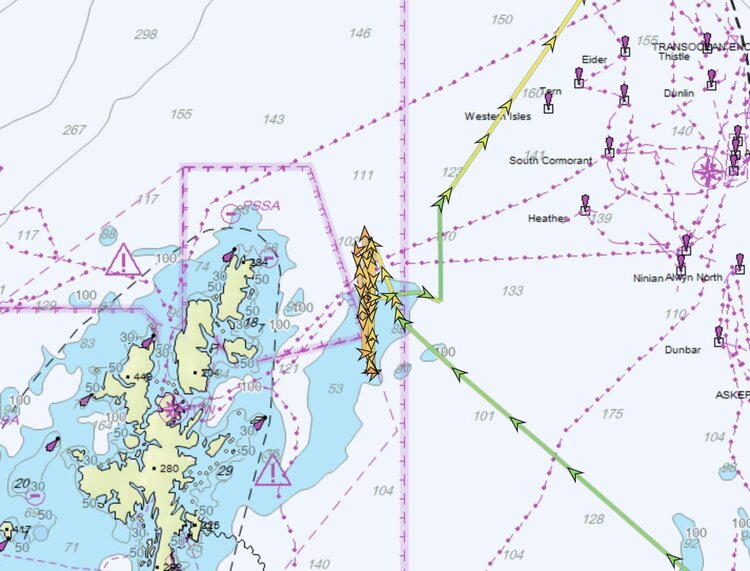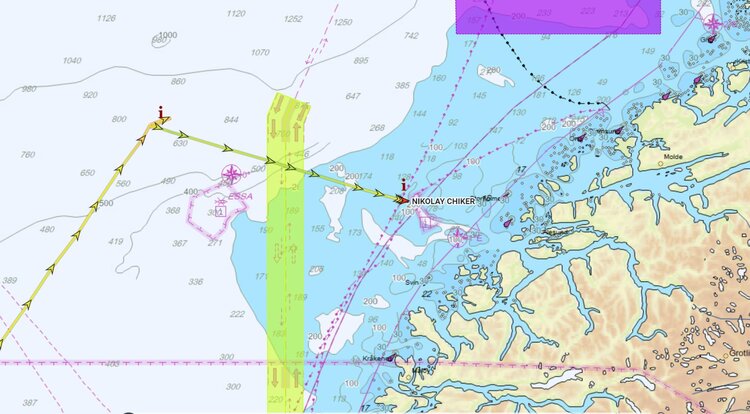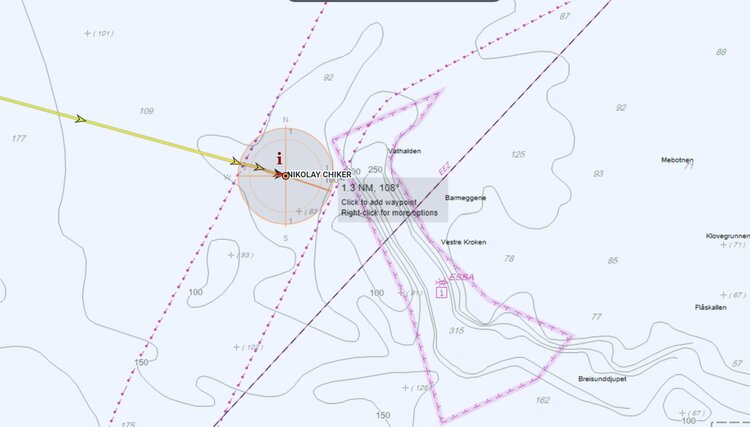How russia carries out maritime reconnaissance of pipelines state in Britain, Denmark and Norway
And what is the purpose of it
The russian rescue vessel Nikolai Chiker routinely carries out reconnaissance of gas-distributing plants, gas pipelines and other equipment on the seabed off Denmark and the United Kingdom's coast. This was revealed by Mind in cooperation with the NGO Eurostrategy's Centre for Investigative Journalism as part of its monitoring of russian subversive groups in the EU.
What is known about the ship?
The rescue vessel Nikolai Chiker is 97.6 m long, 19.4 m wide, has a 7 m draught and 5,250 tonnes displacement. Her crew consists of 15 members. As per the manufacturing documents, the vessel is equipped with: a pressure chamber, diving equipment, remote underwater video cameras, devices for soil erosion, underwater welding and metal cutting, and metal detectors. As well as devices for extinguishing fires on other vessels, a surgery room and three hospital wards, and a helicopter landing pad with refuelling capability.
She belongs to the Northern Fleet Attack Group, also including the Kazan nuclear-powered submarine, the Admiral Gorshkov frigate and the Akademik Pashin replenishment oiler.
What is strange about the Nikolai Chiker's behaviour?
The ship was in russian territorial waters near Murmansk in April and May this year. Then, for a while, she disappeared from the monitoring systems' radars. Usually, ships disappear from public radar (transponders switched off) if they are travelling as part of military convoys.
The Nikolai Chiker reappeared on the radar on 11 June near Miami, heading towards Havana, Cuba's capital. She arrived in the port of Havana on 12 June and stayed there until 16 June. On the afternoon of 16 June, the ship sailed to the port of Mariel.

On 17 June, the vessel left the port and began to make stop-and-go movements towards the UK. On 2 July, it crossed the English Channel between France and Britain.
On 4 and 6 July, the vessel bypassed Denmark, approached the German coast near Kiel, turned around and headed for the islands in the north of the UK.

Why is there reason to suspect the ship of espionage?
Off the Shetlands in the north of the UK, on 8, 9 and 10 July, it travelled at the same distance in the pipeline zone in the 100-metre depth zone. This area is off-limits to special purpose vessels for research without the approval of the British Navy.
In places where the depth was up to 100 metres, the vessel's speed dropped to 3–5 miles.
This strange behaviour can be explained either by analysing the condition of the pipelines (in places where the depth was less than 60 metres, the vessel stopped for a time sufficient for divers to descend) or by launching remotely controlled drones.
Furthermore, at a depth of less than 100 metres, in the area where the pipelines are located, the underwater current speed is less than 1.5 m/s, which theoretically allows for any sabotage mission.

Theoretically, the UK had every reason to categorise these actions as the work of a sabotage group aimed at allegedly preparing for a terrorist attack.
And on 11 July 2024, the ship stopped off the coast of Norway, precisely in the middle between the pipelines (1 mile between them). The depth in this area is 100 metres.


There are no conclusions to be drawn, since it is impossible to predict further events for certain. It is worth, however, considering the fact that russian vessels intensively undertake various reconnaissance missions to survey the pipeline infrastructure in Northern Europe.